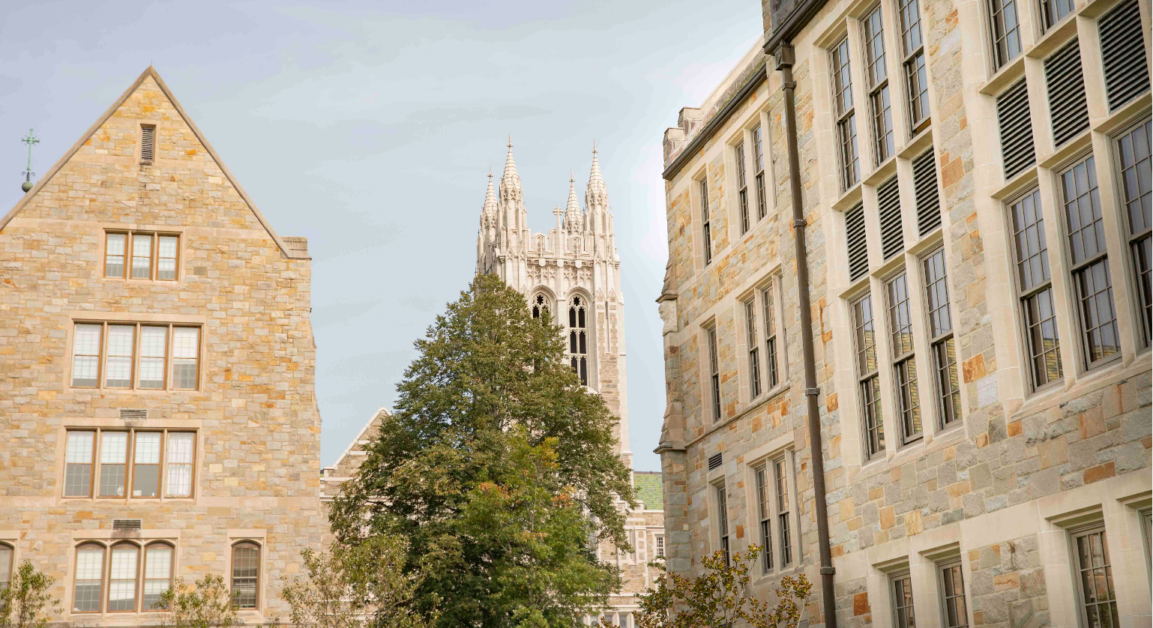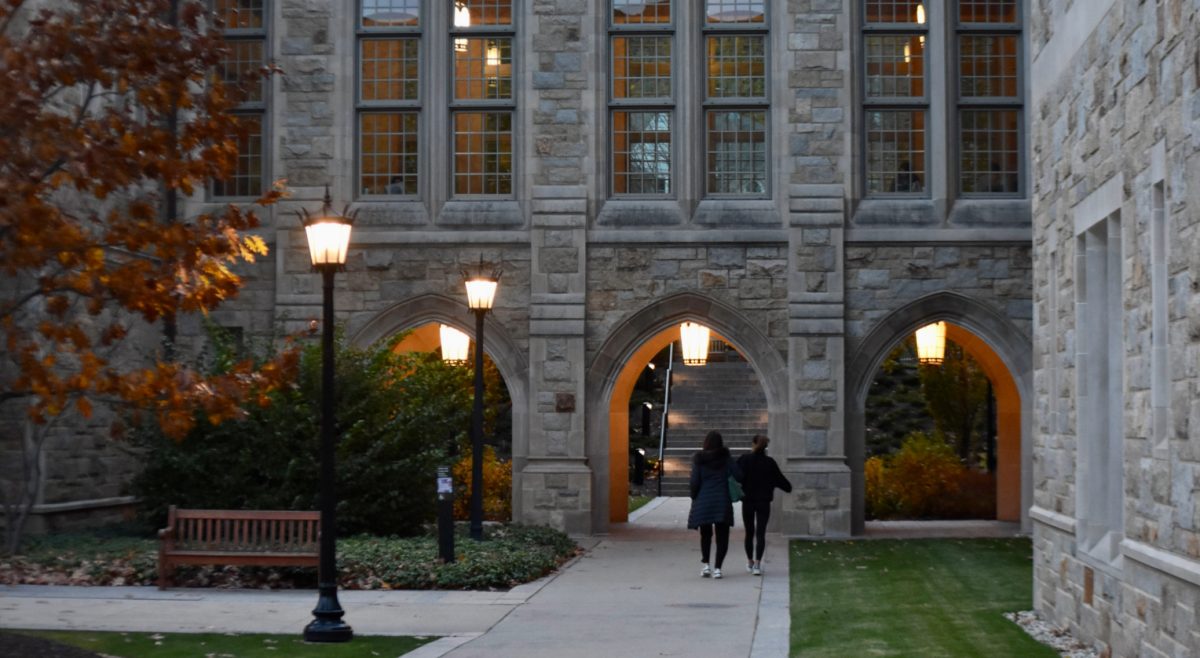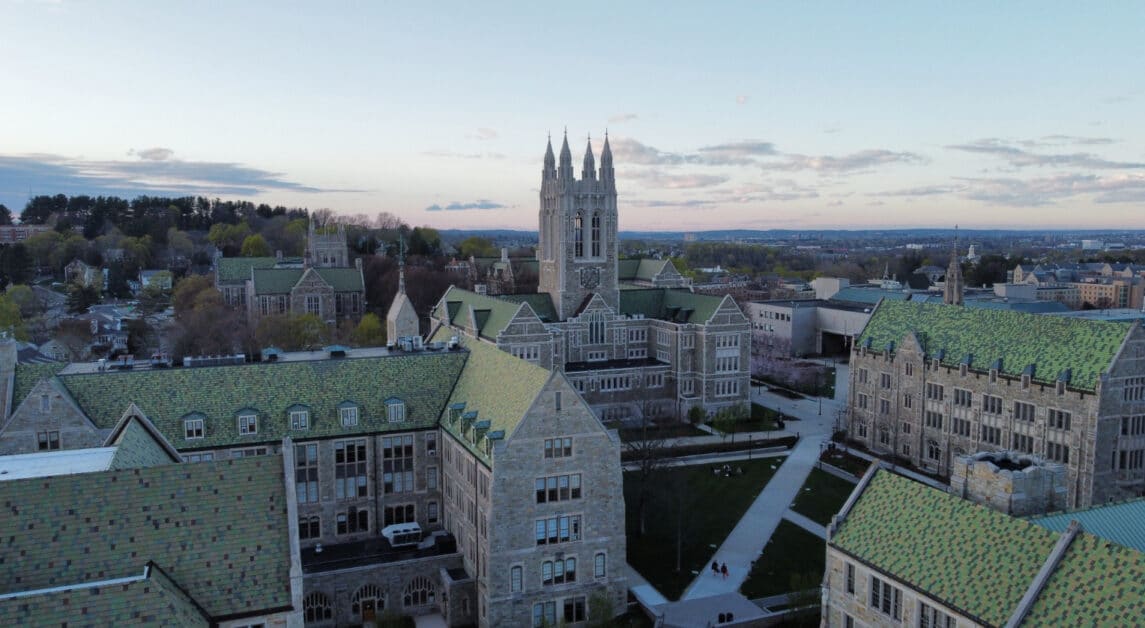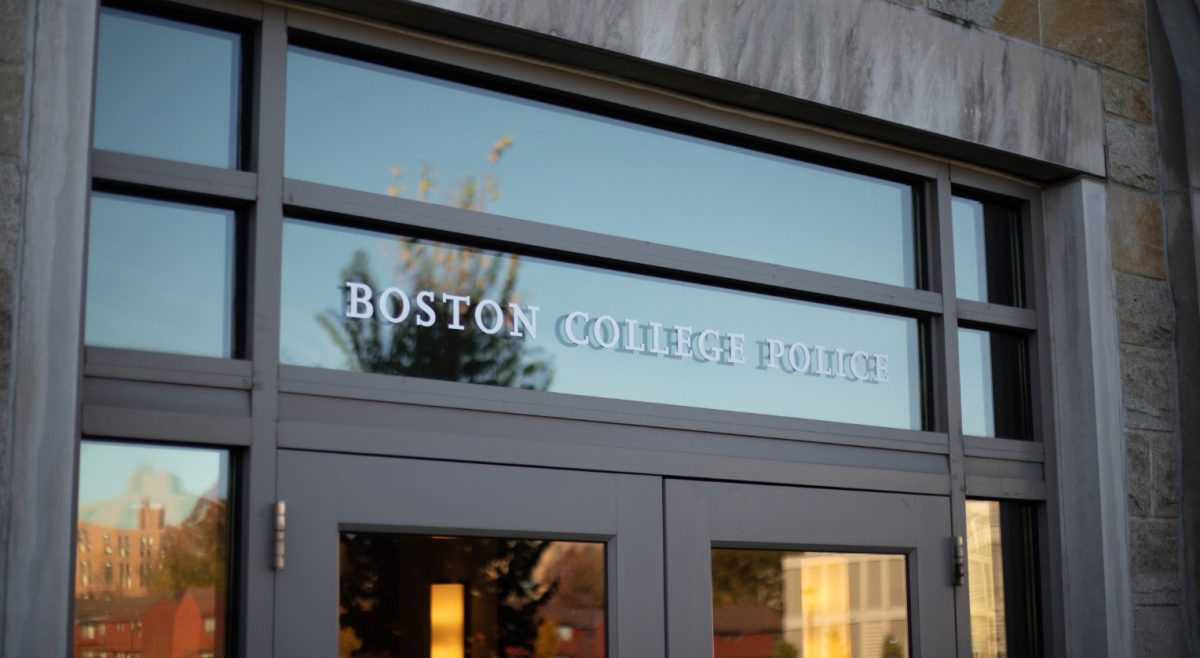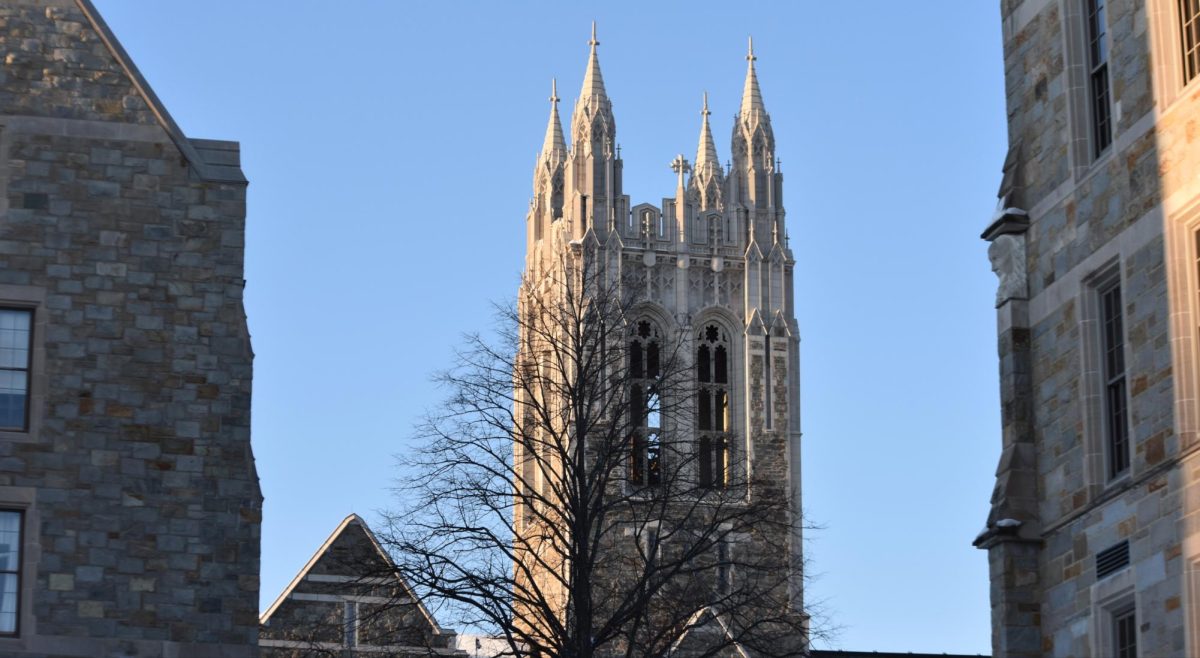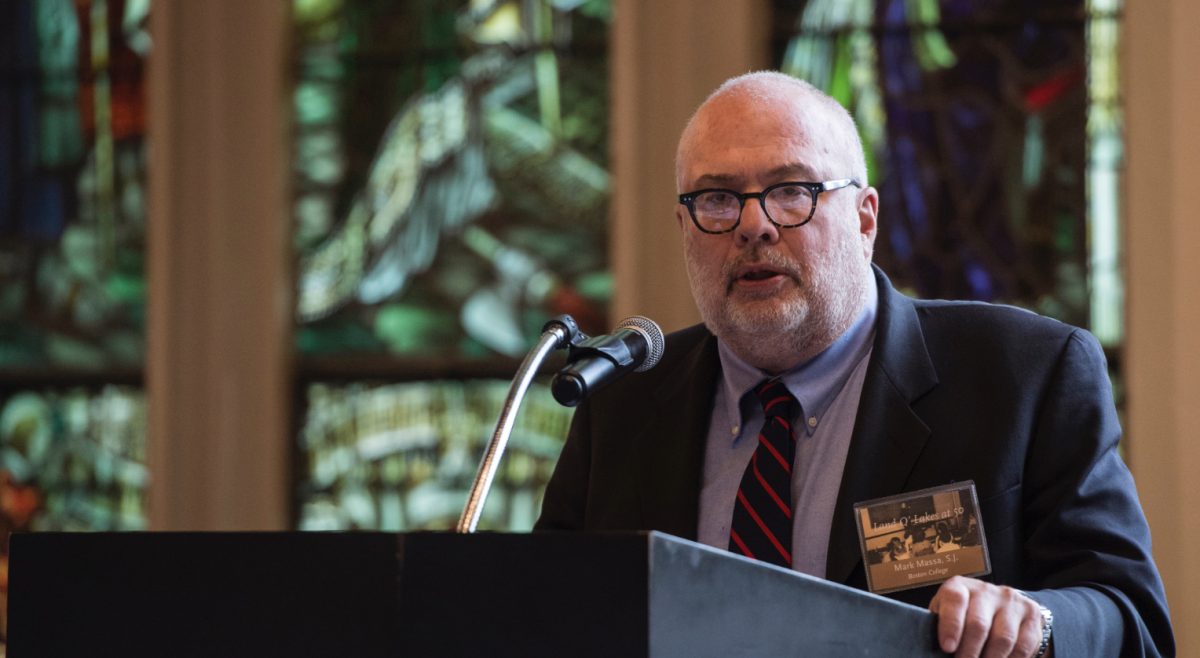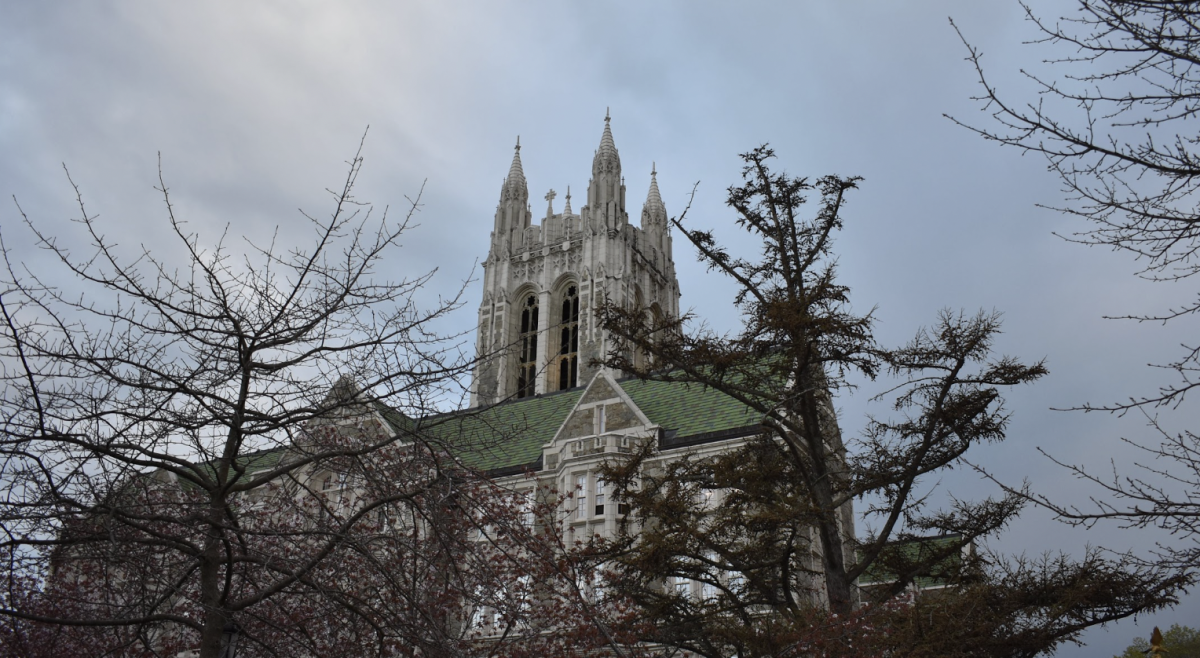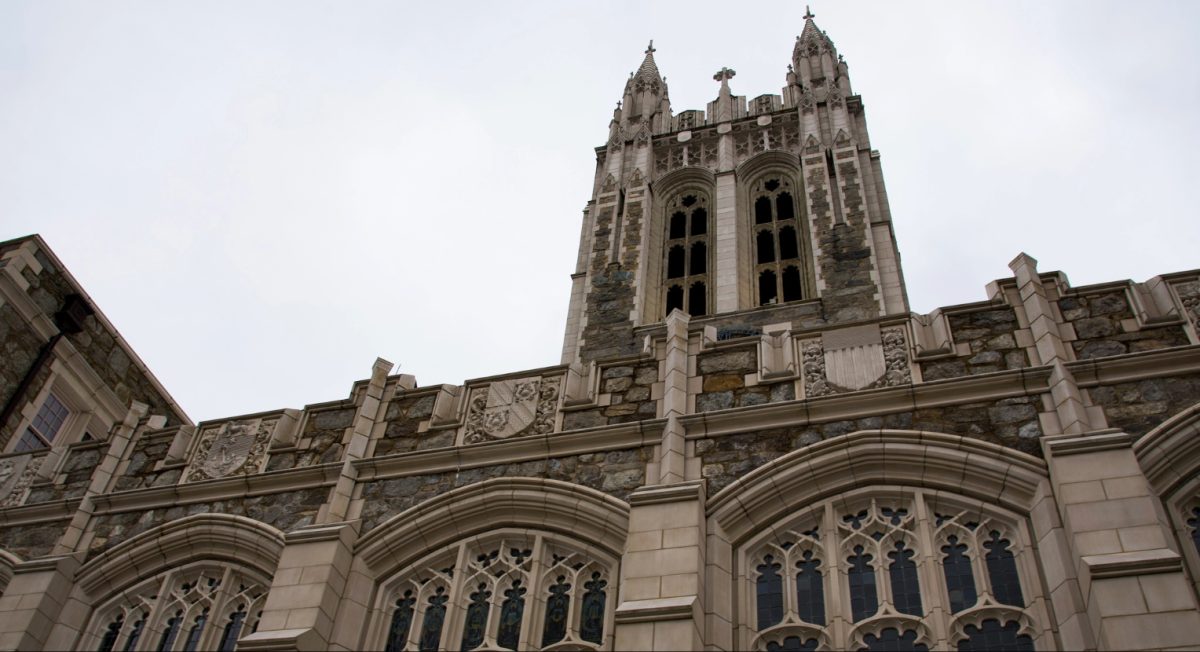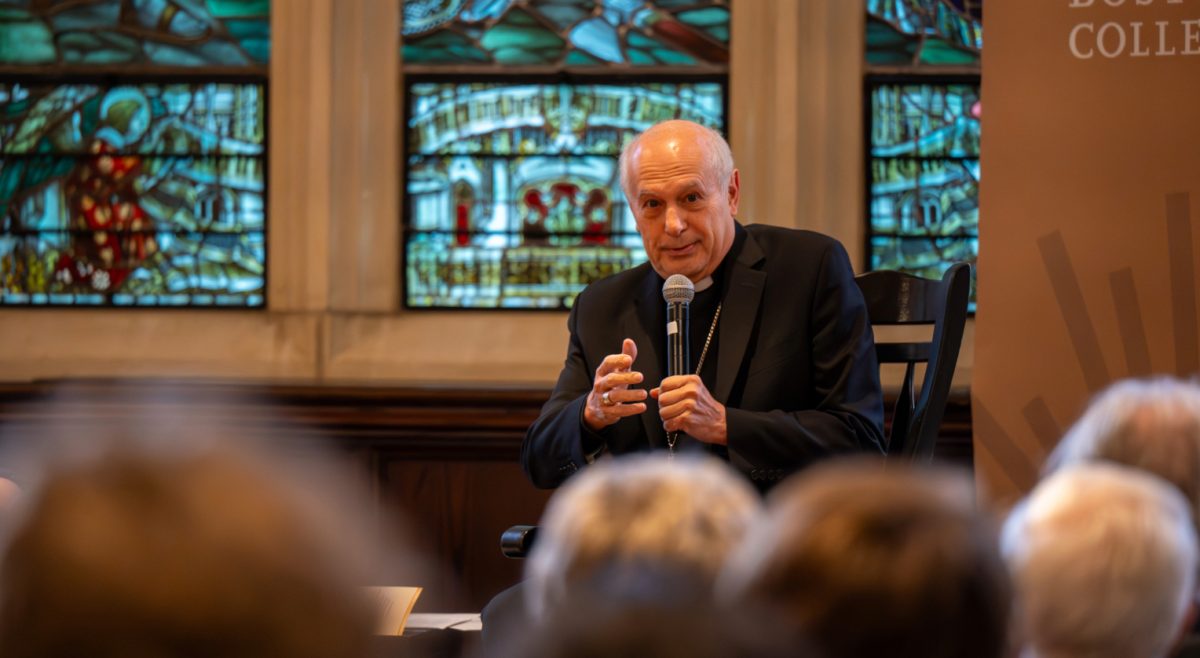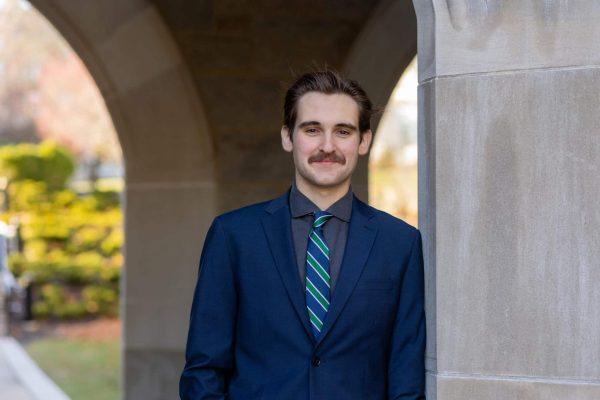UGBC’s budget for the 2022–23 academic year was $362,450.
It was $362,450 of funding for everything from on-campus programming to student advocacy work to leadership stipends. It was also $362,450 that sparked student discourse and Herrd posts about the amount.
Here’s how it was spent this past year.The budget is broken down into UGBC’s eight divisions: Executive Council, Communications, Student Initiatives, Student Assembly (SA), Environmental Sustainability, the AHANA+ Leadership Council (ALC), GLBTQ+ Leadership Council (GLC), and the Council for Students with Disabilities (CSD).
According to Andy Bonilla, UGBC director of finance and CSOM ’23, UGBC spent approximately 86 percent of its budget for the 2022–23 fiscal year.
“First full year back on campus, we did a lot of great things, particularly in student initiatives,” Bonilla said. “Like, they really picked up from last year where there was a lot less work which they actually did.”
Though UGBC did not spend its entire budget this year, numerous divisions such as the Executive Council, GLC, and Environmental Sustainability will see increases in their individual budgets for the upcoming 2023–24 year. UGBC’s entire budget will increase by $15,050, now totalling $377,500.
In addition to the new 2023–24 funds, the remaining 14 percent from this past year’s budget will go into a rollover fund for the upcoming academic year, UGBC President Lubens Benjamin, CSOM ’23, said.
“The way that we operate with any rollover money—like any that we had this year—is we don’t use it unless there happens to be some big need or an event goes way over cost, and we’ll dip into that reserve fund,” Benjamin said. “Otherwise we try our best not to and kind of stick to our allocation that was given to us.”
Starting in the 2023–24 academic year, however, the administration may begin factoring rollover funds into UGBC’s actual allocation amount to account for inflation and rising costs, according to Benjamin.
“Let’s say we have $10,000 in rollover, but we asked for 360k—they might only give us 350 from the student allocation just to take up the rollover just because I think a lot of the other [organizations] requested a lot more money this year,” Benjamin said.
According to Benjamin, the Office of Student Involvement (OSI) primarily manages the rollover fund.
“Yeah, we keep that very tight between basically just me and the advisor,” Benjamin said.JTNDZGl2JTIwY2xhc3MlM0QlMjJmbG91cmlzaC1lbWJlZCUyMGZsb3VyaXNoLWNoYXJ0JTIyJTIwZGF0YS1zcmMlM0QlMjJ2aXN1YWxpc2F0aW9uJTJGMTM1OTc3MDAlMjIlM0UlM0NzY3JpcHQlMjBzcmMlM0QlMjJodHRwcyUzQSUyRiUyRnB1YmxpYy5mbG91cmlzaC5zdHVkaW8lMkZyZXNvdXJjZXMlMkZlbWJlZC5qcyUyMiUzRSUzQyUyRnNjcmlwdCUzRSUzQyUyRmRpdiUzRQ==
Executive Council
This year’s Executive Council budget of $55,750 included stipends to the president, vice president, UGBC leadership, and the OSI graduate assistant, as well as $5,000 for UGBC’s annual fall retreat.
According to Spagnola, the president and vice president stipends have stayed the same over the past few years at $4,000 and $3,500, respectively. A $10,000 stipend is also divided between 13 other members of the Executive Council, including directors of each division, SA committee chairs, and the UGBC chief of staff.
“So it was kind of based on that … leadership breakdown within the organization responsibility,” Spagnola said.
Bonilla said other universities give more money in stipends for its student government executive board in comparison. Christian Guma, BC ’21, and Kevork Atinizian, BC ’22—the 2020–21 UGBC president and vice president, respectively—also reduced stipends during their tenure.
“We were talking about this at one of our meetings recently—you know, the whole discourse on maintaining these stipends,” Bonilla said. “But at the end of the day we do work actively throughout the week talking to administrators and putting on new initiatives, advocating—so in many ways, it’s just … a way to kind of reflect the added effort we add, especially as a leadership team.”
The Executive Council’s budget for this upcoming year will see a significant increase due to additional line items like the President’s Roundtable Conference and DEI movie nights that were previously under different divisions, according to Bonilla.
Communications
The Division of Communications was allocated the second lowest budget, $7,150, which it did not spend in full this past year. According to Bonilla, this was primarily due to a gradual shift to using more digital media for promotion rather than physical fliers or posters.
Benjamin also added that marketing costs for major events and initiatives are already included in those respective budgets.
“Like with Showdown—that communications price tag has already come included … for the number that we have for Showdown,” Benjamin said. “So all the marketing materials that we use [are] accounted for in the Showdown budget that we have for the year.”
Student Initiatives
Student Initiatives spent roughly 95 percent of its allotted $58,700 budget this year, according to Bonilla.
“I think, you know, Meghan [Heckelman, vice presidential elect and LSEHD ’25], who was in charge of the division as a whole—she did a lot of great work this year,” Bonilla said. “She had some of the bigger events like Victoria Garrick in the fall, [and] Project Life was a big success as well.”
Student Initiatives also funded a shuttle to Boston Logan International Airport for Thanksgiving and Easter Breaks, free merchandise at athletic events, feminine products across campus, student wellness programming, and supported the annual Women’s Summit, Bonilla and Benjamin explained.
This year’s budget also included a roughly $12,000 allocation for Ice Jam, which returned for the first time since the COVID-19 pandemic in 2021. Ultimately, however, the University decided against hosting Ice Jam again this academic year, Bonilla said.
“Sometime in the middle of the fall semester, the administration realized that … they wanted to have it more like every few years and maybe not once a year,” Bonilla said. “But at this point, it might have just been like a one-and-done thing.”
Student Assembly
The SA had a $5,900 budget in the 2022–23 year, the smallest of all the divisions.
“I think this year we … operated a lot in the first semester without really even touching the budget,” Spagnola said.
Some of the initiatives the SA did utilize their budget for were World Cup watch parties, funding for NARCAN on campus, tabling incentives on campus, and a senators’ dinner.
The 2022–23 SA budget increased by roughly 31 percent from the year prior to account for a pilot initiative to provide a laundry subsidy for Montserrat students, according to Benjamin.
“In creating the budget for Student Assembly for this year, in the back of my head, I thought of the Montserrat laundry subsidy because I knew that the University would like more data on it than what we had at the end of last year,” Benjamin said.
The SA passed a resolution allocating $3,000 of its remaining budget this year to the Montserrat Coalition to provide laundry supplies and machine fees for low-income students at its meeting last week.
Environmental Sustainability
As UGBC’s newest division, Environmental Sustainability spent just under half of its budget during its second year.
“So they spent more than they did last year, but they still haven’t hit that like 90, 95 percentile that we usually hope for,” Benjamin said.
According to Bonilla, the division’s largest programming initiatives from the past year include Green Week and its partnership with the Schiller Institute for the Eagles Sustainability Competition. They also organized a “thrift swapping shop,” installed compost bins in two residence halls, and distributed free plants to students on various occasions.
“They’ve sort of hit their stride with increasing their presence, creating more collaborations with other groups on campus, and just getting a name for themselves,” Bonilla said.
Spagnola added that some of the division’s most notable advocacy work came at no monetary cost to UGBC.
“The Sustainability Action Committee is all the climate advocacy groups on campus, and their meetings obviously come without a price tag in our budget,” Spagnola said. “So that’s something that’s an unmeasurable cost to our organization.”
Benjamin said the Division of Environmental Sustainability still has potential to grow in the coming year.
“There’s definitely room next year for increasing their presence among the different environmental clubs on campus,” he said.
AHANA+ Leadership Council
The AHANA+ Leadership Council (ALC) had the largest budget this year with an allocation of $132,000, of which it spent just over 94 percent, according to Bonilla.
Most of ALC’s expenses went toward ALC Showdown—according to Benjamin, the total cost of the event runs around $130,000–135,000. Accounting for ticket revenue, the ALC allocated $60,000 toward the event this past year.
“Showdown is a great example of showing our growth as an organization over the last two years and going into this third year following the pandemic,” Spagnola said. “It just shows us I think the rise in the presence of UGBC in the community.”
Other highlights to ALC’s work within the budget included the ALC Ball, which was allocated $50,000, and culture club collaborations, which were listed as a line item for the first time this year.
“I think this year having specific line items for culture club collaborations between UGBC and the culture clubs … fosters trust among the culture clubs among each other and with ALC,” Benjamin said.
GLBTQ+ Leadership Council
The GLBTQ+ Leadership Council (GLC) was allocated $51,100. It spent roughly 96 percent—the highest percent across all eight divisions, according to Bonilla.
“Obviously on the advocacy side, we’re still working day in and day out to really make sure that we see a change as well on the administrative side,” Bonilla said. “But I think in terms of what we put on for the students who identify as queer, I think we did a lot of great things this year.”
The highest costing line item on GLC’s budget this year was the GLC Formal, which was allotted $25,000.
“I think to really spice up the space itself, given that it is a little bit of an older venue relative to other potential areas, they put actually about an extra $9 [or] 10,000 into GLC Formal,” Bonilla said.
GLC’s budget was also used for its Lambda dinners as well as Pride Week programming, which is funded in tandem with the Division of Student Affairs.
Council for Students with Disabilities
The Council for Students with Disabilities (CSD) only used about 60 percent of its total budget allocation, according to Bonilla.
“With the Council for Students with Disabilities, things that typically happen in a year, they just seemed to not happen this year,” Benjamin said. “Just for no reason, whether that be scheduling conflicts with the Campus School or just falling by the wayside honestly.”
Bonilla said CSD received the largest line item addition in the proposed 2022–23 budget for the event “CSDisco,” which ultimately did not happen. Bonilla said the timeline of CSD’s collaborations with Best Buddies and the Campus School for the event led to the CSDisco’s cancellation.
“If you take CSD and the work they’ve done as a whole at least my past four years here at UGBC, this year’s kind of seemed like a blip for them,” said Benjamin.
Bonilla said that planning U.S. Paralympian Noelle Lambert’s visit and two Dinner in the Dark events were notable successes of the CSD during the past academic year.

